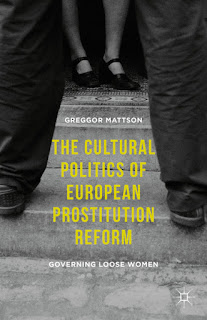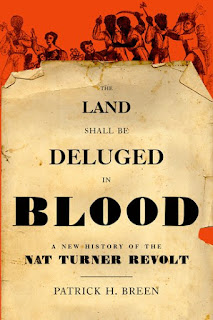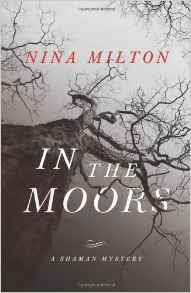 Scanlon applied the “Page 99 Test” to her new book, Until There Is Justice: The Life of Anna Arnold Hedgeman, and reported the following:
Scanlon applied the “Page 99 Test” to her new book, Until There Is Justice: The Life of Anna Arnold Hedgeman, and reported the following:My book provides the first biography of civil rights stalwart Anna Arnold Hedgeman, an understudied but enormously important activist, policy maker, and politician across the “long civil rights movement” of the 20th century. From her work in the YWCA in the 1920s, through her civil service work during the Great Depression, and from her work on behalf of fair employment in World War II, through her work on behalf of racial and gender justice in the 1960s and 1970s, Hedgeman was not only present in but vital to so many social movements that have shaped the nation.Learn more about Until There Is Justice at the Oxford University Press website.
Page 99 happens to open up chapter seven, “Fighting for Fair Employment, Fighting for Truman”, which outlines Hedgeman’s years in the nation’s capital, during which, she remembered later, she was “green enough” to think she and her colleagues could secure justice in the workplace for African Americans.Still employed at the Office of Civilian Defense, Anna Arnold Hedgeman was sitting at her desk in the Empire State Building one snowy day in 1944 when A. Philip Randolph telephoned and asked to stop in to see her. He had come up a with a strategy for making the Fair Employment Practice Commission permanent, he told her, and he wanted her to lead the effort. Randolph envisioned a national push for equal opportunity in employment, equal wages for the same work, and a right to promotion without regard to race, creed, color, or origin. There would be an educational campaign and a drive for legislation granting far greater powers of enforcement to the FEPC than it had during wartime. The plan was in place, but he needed someone to implement it, and he hoped it would be Hedgeman. Believing in the cause, and in Randolph, she did not hesitate to sign on. The black press took note, referring to Hedgeman as the “young feminist” taking the helm.Hedgeman’s years in Washington, D.C. were, in many ways, emblematic of her professional life more generally. With few resources, she gathered together a faithful staff and made inroads on fair employment. She drew on her various constituencies, including African Americans, women, and American Protestants. She also tangled with A. Philip Randolph and other men who refused to give her adequate respect or adequate means to fully wage the struggle. In the end, it was not possible to pass fair employment on a federal level at that time, but Hedgeman laid the groundwork for later civil rights successes.
While in Washington, she also fought for integration (as a black woman she could not eat with her white staff at any restaurants outside Union Station), and she organized the first attempt to have African Americans play a significant role in a presidential election (they helped Harry S. Truman win, in 1948).It was a close race overall, and historians differ over whether it was labor, farmers, or African Americans who cinched the race for Truman. There is no doubt, though, that black Americans contributed to Truman’s margins in the key states of Ohio and Illinois, and they may have played the main role in securing his victory…. Anna Arnold Hedgeman took great pride, both publicly and in her writing, in having helped return to office the president she thought most likely to support fair employment and full and complete desegregation of the military, among other civil rights agendas.In this, and in so many other of her efforts, Hedgeman worked in the center but on the margins, one of a powerful but largely unseen network of black women who played key roles in the African American freedom struggle.
--Marshal Zeringue




















